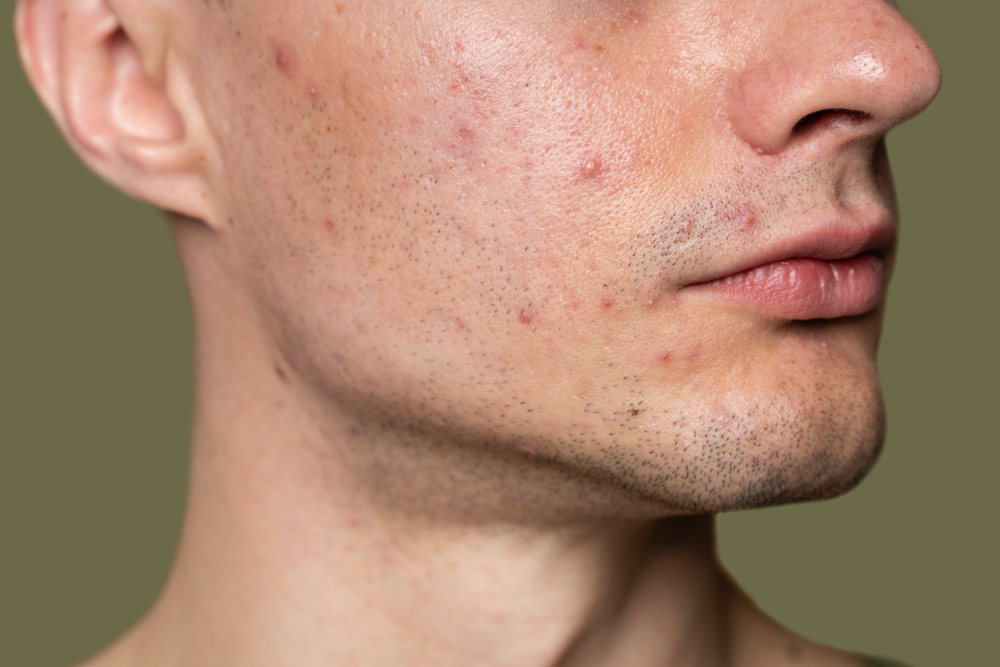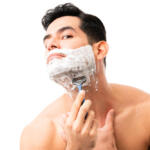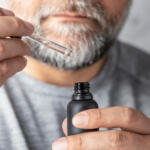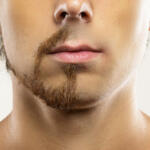
Grooming and skincare converge at an interesting crossroad: shaving. But, did the thought ever cross your mind that your routine shave might affect your skin, especially if acne’s often an uninvited guest?
Allow us to shed light on the tie between shaving and acne. You’ll walk away with some seasoned advice on how to get that close shave without the nasty aftermath. Whether you’re just stepping into skincare or you’ve been a grooming aficionado, the next sections pack some gems for you. Let’s get started.
Making Sense of the Link
Before we dive deeper, it’s essential to comprehend acne. Picture this: acne is like those uninvited guests, in the form of pimples, blackheads, or whiteheads. It gatecrashes when hair follicles get cluttered with excess oil and dead skin cells. Now, the blame game includes hormonal shifts, genetic cards you’ve been dealt, or specific medications.
Now, you may ask, where does shaving fit in this story? Think of shaving as a double-edged sword. It exfoliates, removing dead skin layers. But, the flip side is that it might rub your skin the wrong way, birthing razor burns or ingrown hairs. In this scenario, bacteria find a perfect party place, escalating acne issues for some.
Expert Guidance on Shaving & Acne
We’re keen on serving the best advice. Hence, we sat down with skin gurus – dermatologists and skincare aficionados – and here’s the distilled wisdom:
- Blunt or unclean blades? They’re your skin’s foes, upping the chances of minor injuries, and serving as bacteria shuttles. The result? Inflammation and potential breakouts.
- Shaving roughly or against the hair direction? You’re inviting tiny skin injuries and poking existing acne.
- Post-shave skincare is non-negotiable. It’s your ticket to dodging blocked pores and pampering your skin post the shave ordeal.
Keys to a Flawless Shave
Now that we’ve set the scene, here are actionable tips for that dream shave while keeping acne at bay:
Pre-Shave Rituals: Start with a clean canvas. Use a mild cleanser that won’t clog pores. Next, use warm water or a pre-shave solution to prepare your hair and pores.
Top-Notch Tools: Keep your razor blade sharp and clean. Regular replacements and thorough post-use rinses keep bacterial guests away.
The Gentle Art of Shaving: Adopt gentle, concise moves in the hair’s direction to cut down on skin irritation and dreaded ingrown hairs.
Choose Wisely: Root for shaving creams or gels tailored for the sensitive skin tribe. Steer clear of harsh chemicals, strong fragrances, or drying alcohol.
Aftercare: A cool water splash shuts the pores and soothes. Finish with a moisturizer that hydrates without clogging, setting the stage for skin repair.
Busting Shaving Myths
Let’s clear the air around some prevalent shaving tales:
Myth: Shaving invites acne. Fact: Shaving, per se, isn’t the acne culprit. But, shoddy shaving practices can annoy your skin, leading to razor burns and ingrown hairs, which don’t sit well with acne-prone skin.
Myth: Post-shave hair is a thicker, darker beast. Fact: Shaving snips hair at skin level, not bothering the follicle or growth pace. The “thicker” feel? It’s a trick, thanks to the blunt hair tip re-growing.
FAQs on Shaving & Acne
Q: Can shaving be a bacteria courier? A: Clean habits, like a pristine razor and facial cleanse pre and post-shave, nip bacteria spread. Stay away from active acne to dodge irritation and bacteria multiplication.
Q: Thoughts on electric shavers for acne warriors? A: Electric shavers score well as they’re generally gentler and clip the cut risks. Opt for those sporting hypoallergenic blades and customizable shave closeness.
Exploring Other Avenues
If shaving feels like walking on eggshells because of acne, it’s worth considering other hair banishing techniques:
- Waxing: Pulls hair from the roots, guaranteeing longer hair-free days. It can be a tad painful and might leave your skin reddish.
- Depilatory Creams: These magic potions dissolve hair at skin level. Always go for a patch test as their chemicals might ruffle some skin feathers.
- Laser Hair Removal: A precise laser targets hair follicles, promising longer-term hair reduction. It’s an investment in time and money but works wonders for many.
Wrapping Up
Our hope? That this piece enriched your understanding of shaving’s tryst with acne. Remember, it’s your skin, your rules. Whether you pick the razor, experiment with other hair removal avenues, or let nature take its course, champion skin health. Cheers to a great grooming journey!
Last update on 2024-04-20 / Affiliate links / Images from Amazon Product Advertising API
Affiliate Disclosure: This post contains affiliate links, which means I may receive a small commission, at no extra cost to you, if you make a purchase using these links.

Jay Kang
Just because i'm asian does not mean I don't need shaving. I always wanted to grow a beard when I was young, now I need to shave because hair growth for me is a problem. I'm going through what every man will and has gone through before.





